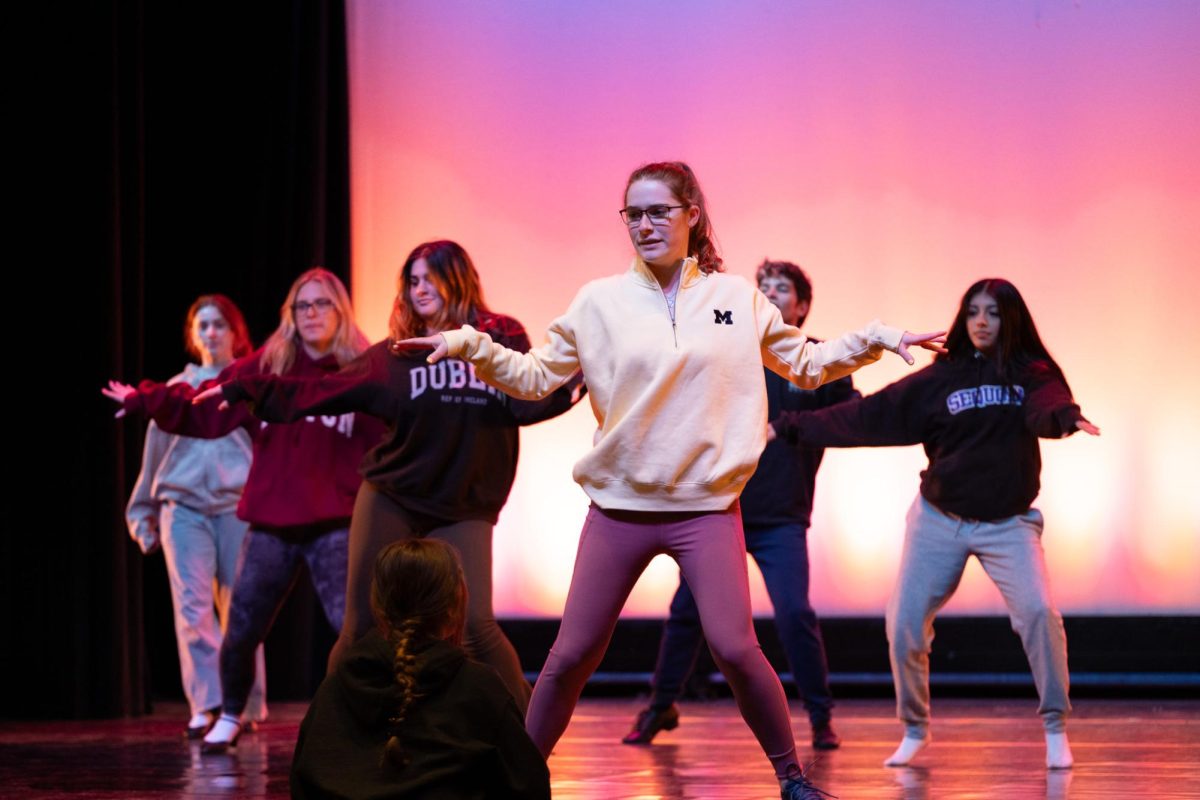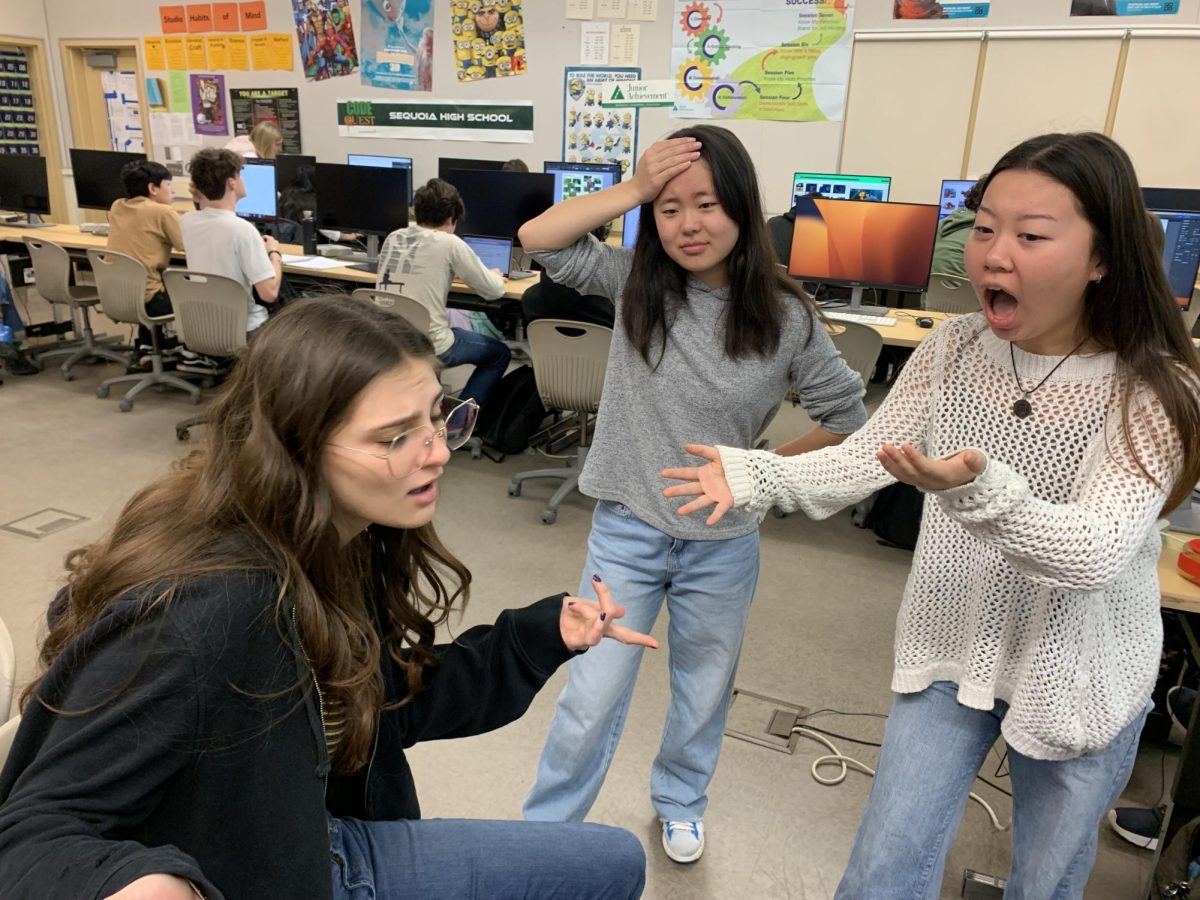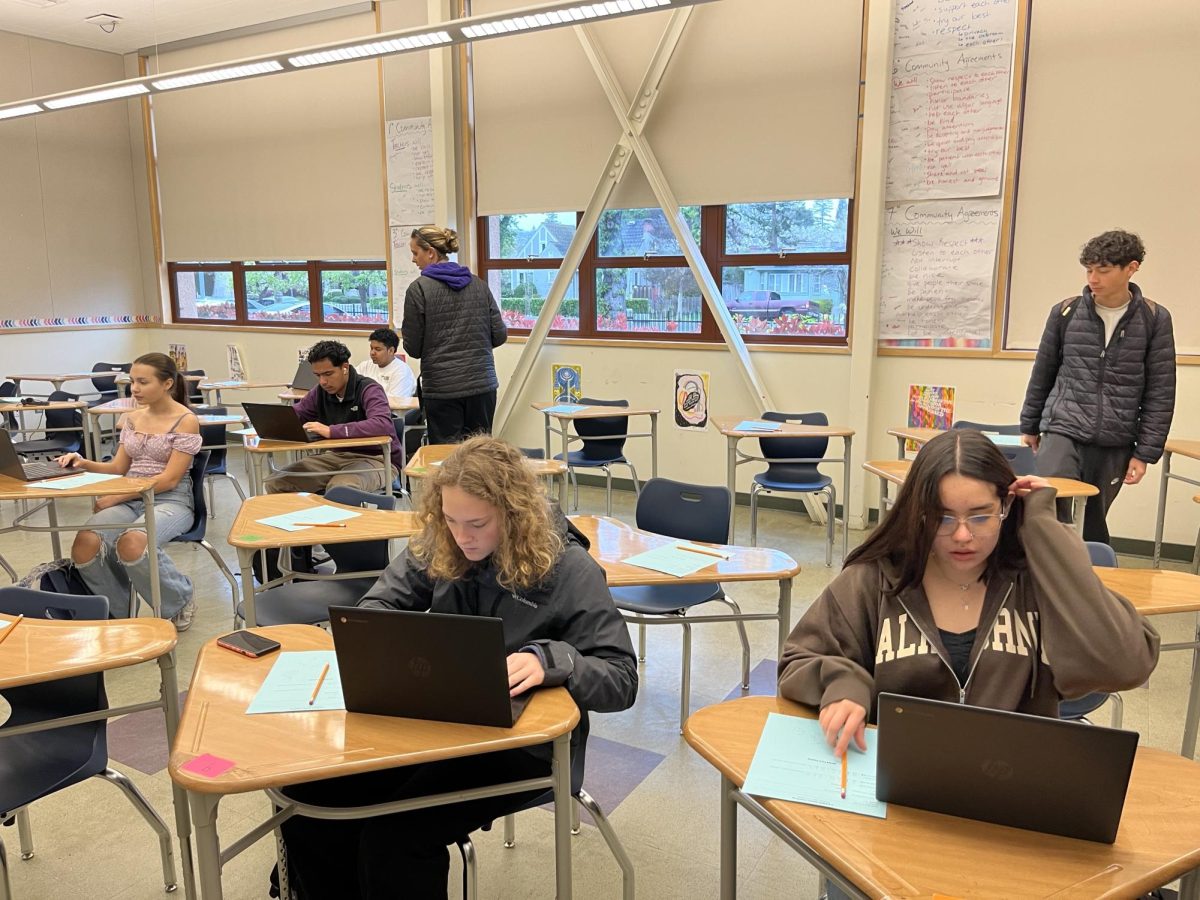Teach teens to toke safely: The kids are not all high, but they will be
February 15, 2017
In California, we already have more dispensaries than Starbucks locales, and prop 64 hasn’t even hit yet. The day I turn 18, if I so choose, I can walk into a clinic and walk out with a card that gives me legal access to a wonderland of THC. Right now, if I really tried, someone could deal me an illegal gram for less than the price of round-trip Bart tickets.
Let’s not pretend that students don’t have access to drugs. And no matter how much we hear it, a vast number of us aren’t going to just say no.”
To put this in perspective, according to the Center for Disease Control’s 2015 survey, 41 percent of teenagers nationwide are having sex. According to the Teen Resource Center’s 2015-2016 Need
Assessment, by senior year, 42 percent of Sequoia students have smoked weed. In terms of prevalence of risky teen behaviors, getting high beats getting laid by an even larger majority than Hillary won the popular vote.
The conversation around drugs is like the conversation around sex: if it’s abstinence-only, the kids who get into it are going to screw up harder than they would have if they knew how to protect themselves
Here at Sequoia, we benefit from Teen Talk: two weeks of scientific education about sexuality, sex and all its risks. Now I’m calling for a comparable Teen Toke: a comprehensive, realistic drug ed program, with the goal of preventing addiction and overdose.
When I was a freshman in ICAP Biology (back when we still had ICAP Biology), we took a break from discussing how Punnett Squares affect our genetics to talk about the effects of alcohol, THC and MDMA on our brains. Stigma and legality aside, we learned the cause-and-effects: here’s why rolling on ecstasy induces bliss, here are its immediate health risks, and here’s how long you’re at risk of depression afterwards.
We naive freshmen spent the block class asking questions and the lesson has stayed in my brain ever since.
Unfortunately, not all students get the talk that we had in ICAP.
The existing Life Skills curriculum, meant to prepare all first-semester freshmen for new challenges in life, covers drug use by briefly addressing its physical side effects and potential to impair decision making. While this is valuable, it’s far from comprehensive. Student-made posters from the unit last fall included tips on how ‘smoking’ LSD can kill you, when, in fact, it’s impossible to smoke LSD.
Inevitably, at some point during high school or college or adult life beyond, we’re all going to be offered a joint. When that point comes, I need to know more than the chances of damaging my lungs.
When it comes to opiates like heroin, ‘not even once’ is good advice. But where’s the actual medical line between use and abuse when it comes to marijuana? Cocaine? Xanax? How about the finals week favorite—adderall?
The kids are not all high, but the ones who are need a reality check.





